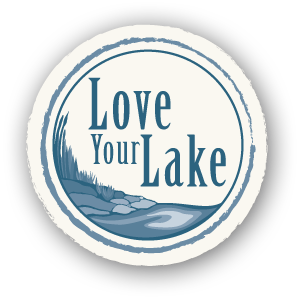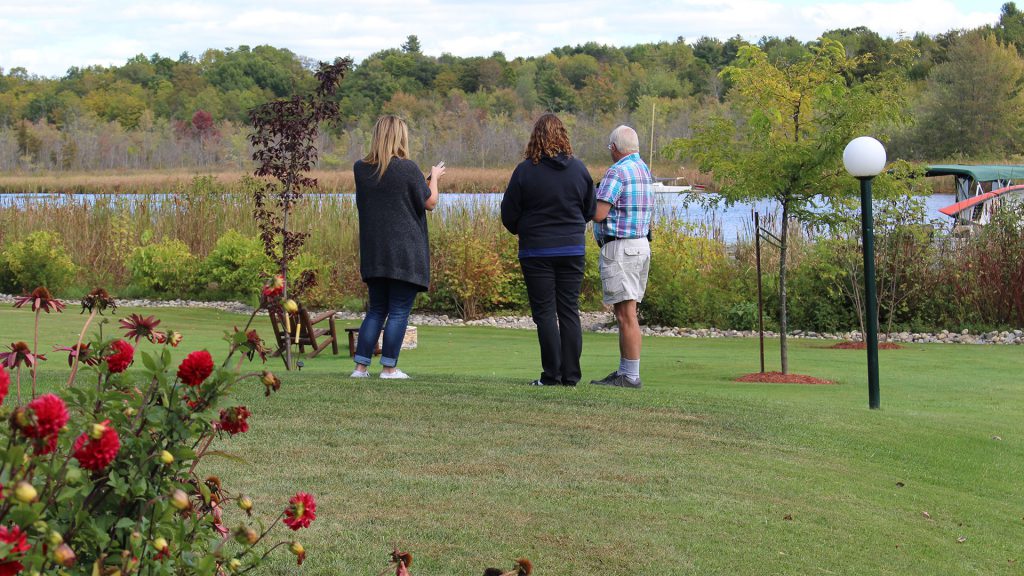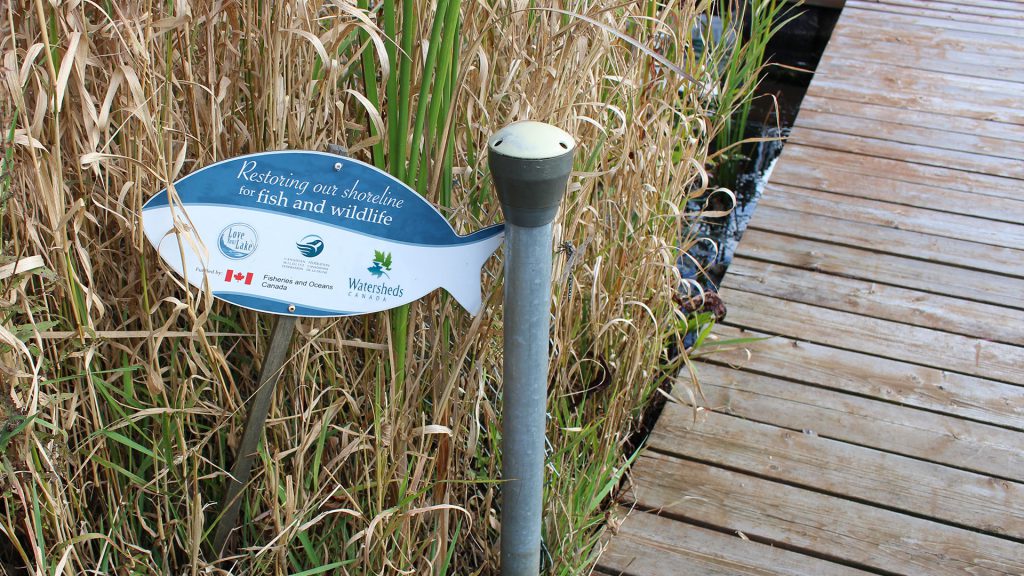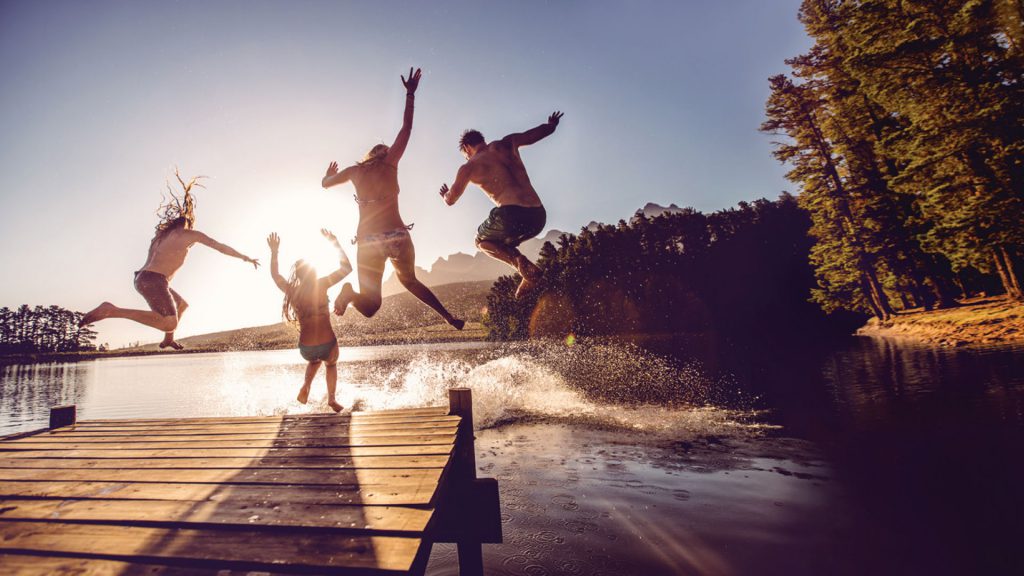
Shoreline Property Resources
![]()
This is where you’ll find and learn about all things shoreline-related, from docks, boathouses and permits to invasive species, beach health and more.
The information is well-researched and well-delivered so smart decisions and sound plans will be easier to make. You’ll have more success conserving shoreline health and you’ll know what to do to make sure your lake thrives into the future.
Use the search bar or pick a topic below to get started.

Home +
Home +
Agriculture & Farming
Lighting
Permits & Approvals
Set up a Well-Functioning Septic System
Water Quality

Property +
Property +
Agriculture & Farming
Canada Geese on your Property
Docks & Boathouses
Erosion
Invasive Species
Landscaping for Wildlife
Permits & Approvals
Set up a Well-Functioning Septic System
Native Plants on Your Property — By Province
{"visible_panels":"4","width":"2500","height":"800","orientation":"horizontal","panel_distance":"1","max_openedaccordion_size":"40%","open_panel_on":"hover","shadow":"false","autoplay":"true","mouse_wheel":"false"}
Freshwater Jellyfish… For Real? Six Questions About These Aquatic Animals
Turns out jellyfish aren’t just found in oceans; they can also be spotted in lakes and rivers — even in Canada. And while they’ve been in some areas for a while, they’re expanding their range and becoming increasingly common. The species is Craspedacusta sowerbii,...
We all love our lakes!
If you’re a cottage owner who hasn’t been part of Love Your Lake, or you rent a cottage with family and friends, maybe you enjoy a day trip to a beach, or love a day of boating – we have some tips for you because we know you Love Your Lake too! Own a Lakefront...
Wrap It Up: Protecting Trees and Shrubs from Beavers
Beavers are ecosystem engineers. They create wetlands that generate habitat for a myriad of species thereby increasing biodiversity, storing water during droughts, improving water quality and minimizing flood risk. But if you’re a shoreline property owner who has...
Apply for the 2025 Love Your Lake Microgrants!
We’re offering our Love Your Lake microgrants again this year! If you’re a lake group planning a shoreline naturalization project and your lake has been assessed through the Love Your Lake program, fill out an application for your chance to be selected to receive up...
Alarming News: We’re Losing Freshwater and the Species That Depend on Them
As Canadians, we are so fortunate to have more lake area than any other country in the world. However, all is not well. Freshwater environments, which are incredibly important, are being lost at an alarming rate around the world. Just How Important Are Freshwater...
Restoring balance; one natural shoreline at a time
By: Long Lake Stewardship Committee and Nepahwin Lake Watershed Stewardship Group In our collective desire to enjoy access to our City of Greater Sudbury urban lakes, waterfronts have been manicured and hardscaped leading to the decline of lake water quality. Many of...
10 Ways to Have Fun with Nature at the Cottage
Spending time at the cottage is what memories are made of. However, sometimes your kids may be looking for something different to do. We have you covered! Below are some ideas to entertain friends and family, all while keeping nature in mind. 1. Geocaching Download...
Is it OK to bathe in the lake?
Simply put – no! Turns out soap – even those labeled as biodegradable– can impact lake water and the plants and animals that call the lake home. If something is labeled as biodegradable it typically means it will break down within six months under the right...
The Importance of Using Native Plants Along Your Shoreline
Having a shoreline buffer – a strip of trees, shrubs, grasses and perennials on your property along your shoreline – provides many benefits. Shoreline buffers help protect against erosion, filter runoff, absorb nutrients, reduce the risks of flooding, protect property...
Is a Gaggle of Geese Causing You a Gaggle of Issues?
If you have a shoreline property and are having issues with Canada Geese and the amount of droppings they leave on your lawn, it could be that you are unintentionally inviting them. There is no doubt that Canada Geese are attracted to shoreline properties that have...
Program co-ordinated by:




